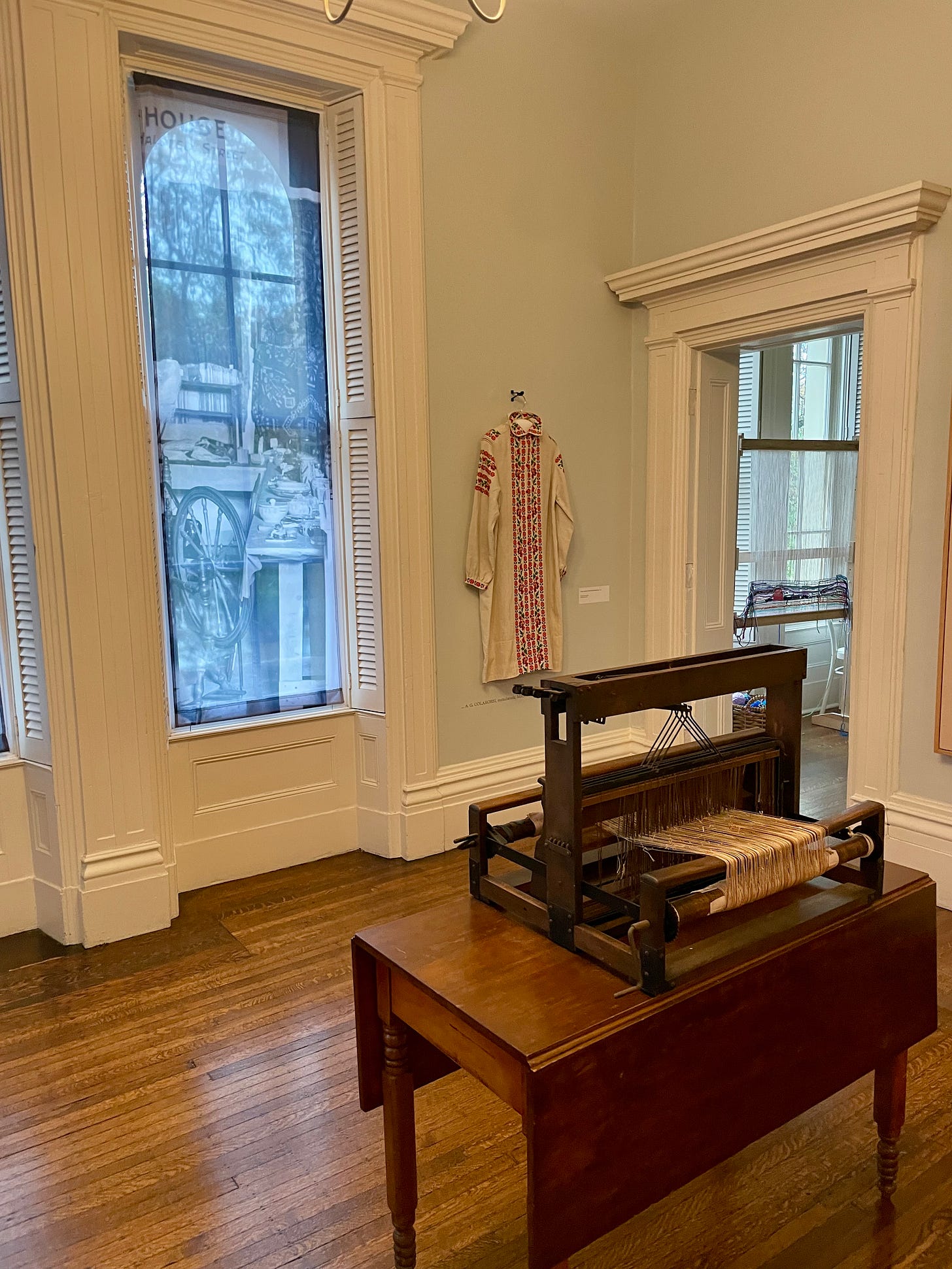Greetings!
As I write this, the garbage truck just went down the alley with its familiar “beep beep beep” sound. Part of the symphony of life here in Chicago that also includes sirens, many spoken languages, birdsong, the wind whispering (or screaming) through the honey locust trees, and the whirrrrr of the “L” train. There’s comfort in the predictability of the garbage trucks.
Garbage collection hasn't always been a priority in Chicago and today, I’m delighted to write about Jane Addam’s role in this reform. This is part 3 of a 4 part series on Chicago’s Hull-House Museum. In part one, we talked about Jane Addams and part of her legacy, last week we talked about weaving women, art, and justice and this week, we’ll not only explore garbage collection but also the labor museum at Hull-House. Let’s dive in!
Keep reading with a 7-day free trial
Subscribe to Kymberlee della Luce to keep reading this post and get 7 days of free access to the full post archives.




